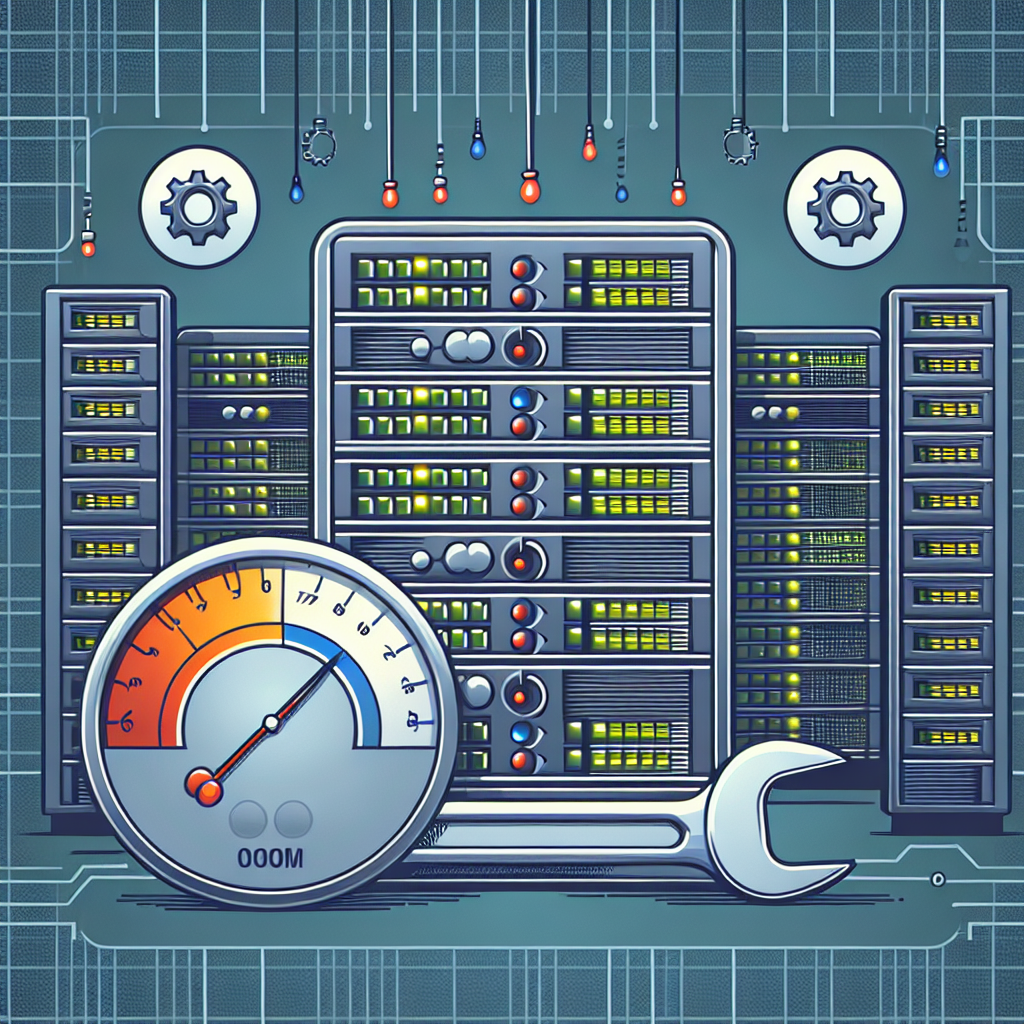Your cart is currently empty!
Data Center Performance Optimization: A Guide to Maximizing Efficiency

Data centers are the backbone of any organization’s IT infrastructure, housing the servers, storage, and networking equipment that power everything from email to e-commerce. As data centers continue to grow in size and complexity, optimizing performance and efficiency has become a critical priority for IT professionals. By maximizing the efficiency of a data center, organizations can reduce costs, improve reliability, and ensure that their IT infrastructure can support their business goals.
There are several key strategies that organizations can implement to optimize the performance of their data centers:
1. Virtualization: Virtualization technology allows organizations to run multiple virtual servers on a single physical server, reducing the number of physical servers required and improving resource utilization. By consolidating servers and reducing hardware requirements, organizations can save on space, power, and cooling costs while improving performance and scalability.
2. Power and cooling optimization: Data centers consume a significant amount of energy, with power and cooling costs accounting for a large portion of operating expenses. By implementing energy-efficient technologies such as hot/cold aisle containment, variable speed fans, and economizers, organizations can reduce energy consumption and lower operating costs while maintaining optimal performance.
3. Server consolidation: By consolidating servers and reducing the number of physical machines in a data center, organizations can improve resource utilization, reduce hardware costs, and streamline management. By using tools such as virtualization and containerization, organizations can consolidate workloads onto fewer servers, maximizing efficiency and performance.
4. Performance monitoring and optimization: Monitoring the performance of servers, storage, and networking equipment is essential for identifying bottlenecks, optimizing resource allocation, and ensuring that applications are running at peak performance. By using performance monitoring tools and analytics, organizations can identify and address performance issues proactively, improving efficiency and reliability.
5. Data center design: The layout and design of a data center can have a significant impact on performance and efficiency. By optimizing the physical layout, airflow, and cooling systems, organizations can reduce hot spots, improve energy efficiency, and ensure that equipment is operating at optimal performance levels. By working with a data center design expert, organizations can maximize the efficiency of their data center infrastructure.
In conclusion, optimizing data center performance is essential for organizations looking to reduce costs, improve reliability, and support their business goals. By implementing strategies such as virtualization, power and cooling optimization, server consolidation, performance monitoring, and data center design, organizations can maximize the efficiency of their data centers and ensure that their IT infrastructure is operating at peak performance. By investing in performance optimization, organizations can future-proof their data centers and ensure that they can support the growing demands of their business.

Leave a Reply